This post may contain affiliate links. Please read our disclosure for more info.
One of the most frequent questions we get asked is “Can I do yoga even if I’m not flexible?” and the answer is YES. Anyone who is inflexible can become more flexible. You might not become a contortionist but with a consistent yoga practice, you can significantly improve your overall flexibility.
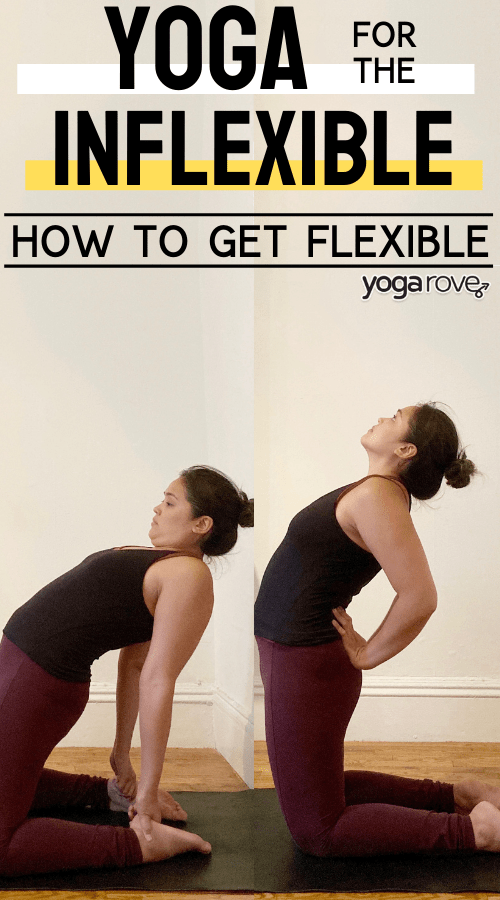
For those of you who deem yourselves inflexible, you will find so much benefit from reading this (and hopefully being proved wrong!) If you can reach for something on a top shelf, if you can take a nice stretch when you wake up, then you have it in you to do more, and my goal is to show you how.
Why Am I Not Flexible?
Flexibility is based on a few different factors that change according to each person. These factors are:
- Time of Day
- Temperature
- Lifestyle
- Genetics
- Age
- Past Injuries
- Gender
To take one factor into an example: think about how you feel right after you wake up. If you tried to stretch right away, you’ll notice you feel pretty stiff. But, as you progress throughout the day, your body will naturally become less stiff as you move around more. This is only taking two factors (time of day and temperature) into account.
If you are consistently sitting at your desk, your body will adapt to that lifestyle, if you are a dancer, your body will be molded accordingly. The good news is that when you decide to change your body, it’s never too late.
Now of course you cannot control certain factors such as age, past injuries, or genetics, so you need to focus on the factors you CAN change in order to reach your goals.
The Importance of Flexibility
We all know that being flexible is desirable, but why? Have we ever really established the many ways being flexible benefits our lives? Is it beneficial just because it would be cool to be able to touch your toes or do the splits, or is there something more to it? Why is flexibility so important?
Here are a few reasons:
- Allows greater freedom of movement
- Improves posture
- Increases physical and mental relaxation
- Releases muscle tension and soreness
- Reduces the risk of injury
- Keeps the muscle fascia lubricated so that the muscle won’t be so compressed
- Reduces the risk of age-related disorders (eg. arthritis)
Read our full article here to learn more about the importance of flexibility.
But in order to obtain the full benefits of flexibility, you need consistency. Stretching once a month isn’t going to get you results. That is why in order to reach your goals you need to have a system in place to actively work towards becoming more flexible, and which is why we believe maintaining a consistent yoga practice is so beneficial.
What To Do If You Are Extremely Inflexible
If you consider yourself extremely inflexible, the first thing you should do is not beat yourself up and applaud yourself for looking into becoming more flexible. You’re taking the first step towards bettering yourself and that means a lot.
So what is the first step?
Here are a few suggestions I can offer:
Commit to practicing 2-3 times/week: Try to start off with 15 minutes and gradually build up to 45 minutes+. When it comes to flexibility, you need to give your body time to warm up, so the longer you practice, the more progress you will see.
Warm up before you practice: If you are noticing you feel stiff while practicing yoga, you probably need to warm up more. 5-10 minutes of walking, rowing, jogging, should do the trick. We also have a simple seated warm up you can use as well.
Drink more water: Water plays a vital role in lubricating your joints. Also, if you’re dehydrated, your muscles are also dehydrated, which leads to stiffness.
Try to focus on your flexibility training later in the day: As stated earlier, the time of day you practice yoga effects your flexibility. If you’re practicing right after you wake up, you’re going to have to warm up way longer than if you practiced later in the day after you’ve been moving around a bit more, and your body is naturally a bit warmer.
Focus on the right stretches: In order to see results, you need to focus on movements that will help you move forward. There are tons of different yoga routines and stretching routines you can practice, but in order to really progress, you want to make sure you are doing routines that are flexibility focused.
Yoga Poses to Increase Flexibility
Below are a few beginner yoga poses that a great to start with if you are an inflexible beginner looking to improve your flexibility.
Ragdoll
Ragdoll is a great beginner pose to practice that works the whole body in releasing tightness and tension. Remember to bend your knees as much as you need here and let your head hang loose. You’ll feel a nice stretch in your hips, hamstrings, neck, shoulders, and back.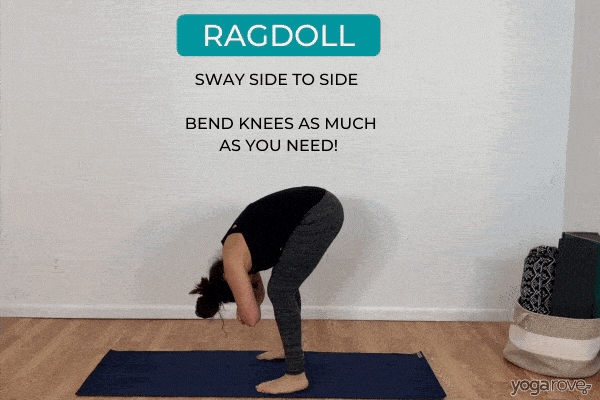
*Tip: Shake your head “yes” and “no” to gently relieve tension in your neck and shoulders. Also, gently shift your weight from your heels to the balls of your feet to relieve any tightness in different areas of your legs.
Easy Seated Side Stretch
This pose works wonders for stretch your side-body and releasing tension in the shoulders and triceps. It is also very helpful in improving posture- a simple tip would be to sit on a blanket or bolster to help you sit up straight with ease.
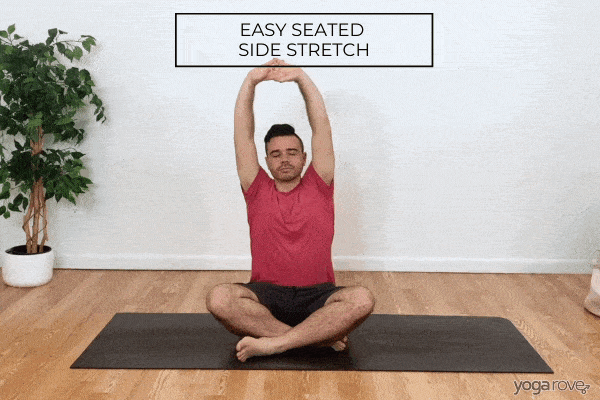
*Tip: If you find it difficult to keep your fingers interlaced, try grabbing onto your wrist with your hand instead and gently pulling yourself in the opposite direction for a nice, deep stretch.
Half Happy Baby
This is a great pose to practice to gently open your hips. If I know I’m going to be focusing on hips in my practice, I love to start off with Half Happy Baby in the beginning to get a feel for where my body currently is in relation to tightness.
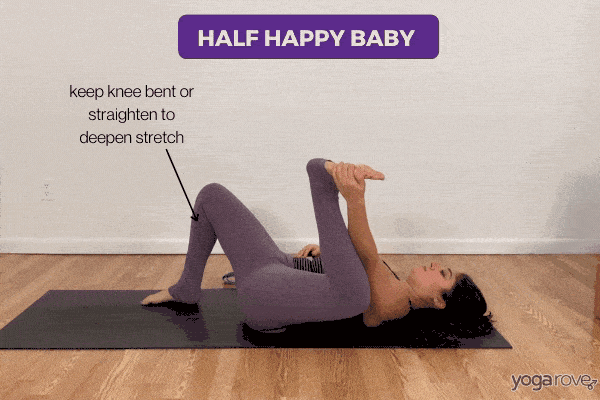
*Tip: Bending your knee will make the stretch in your other hip less intense. Using a strap can help as well if you are unable to reach your foot without straining your neck.
Camel Modification
This is a very beginner friendly version of Camel Pose that is great for gently opening up the chest and shoulders.
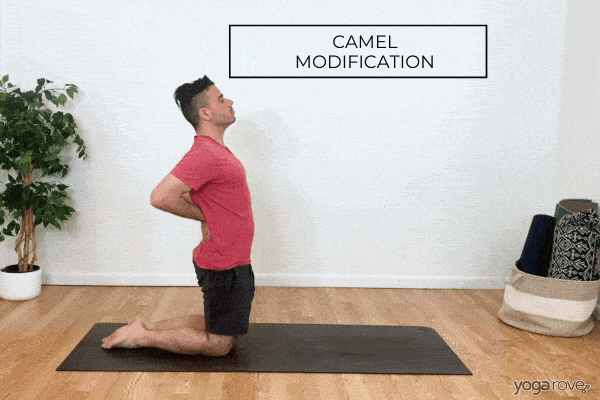
*Tip: Another option is to do this pressing the front of your body into a wall to help you stabilize .
Reclined Big Toe
This is one of my favorite poses to practice when my hamstrings are feeling tight. The strap gives you a lot of control over how deep of a stretch you want and allows you to focus solely on releasing tension in one leg at a time. Just remember not to lock your knee!
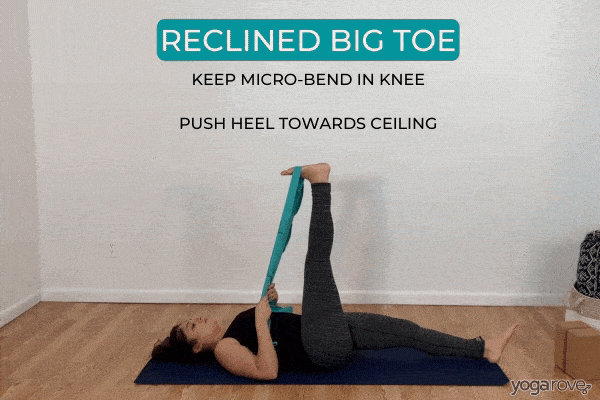
*Tip: Practice doing little pulses (while keeping a micro-bend in the knee) while actively pressing your heel up towards the ceiling to get a deeper stretch.
Reclined Spinal Twist
Twists are great to practice to release tension in the spine and improve flexibility. Try to make sure you are actively pressing your opposite shoulder into the mat while you twist. Feel free to add a pillow or block under your leg for support if you need to as well.
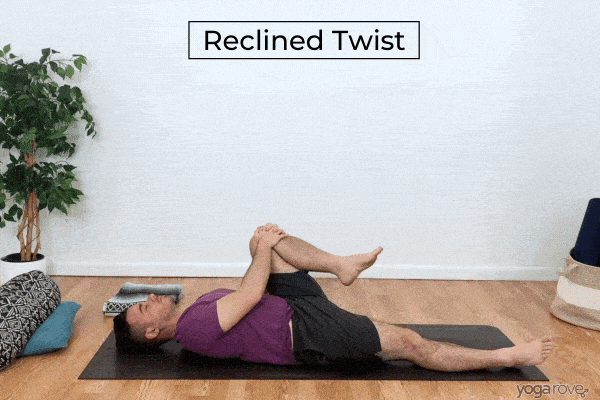
*Tip: If this is uncomfortable, try bending both knees and then twisting to make it less intense.
The Importance of Learning How to Modify
I want to emphasize the importance of your intention when you practice yoga. If you are practicing to look like someone else in a pose, you will most likely not obtain the full benefit. But if you are practicing to feel good in your body, the results you want will come much sooner.
Take Camel Pose for example. If you are forcing yourself to do the full version of the pose but lack the flexibility in your spine or the strength in your core to maintain stability while you bend backwards, you are not only not obtaining any benefit from this posture, but you are setting yourself up for compression in your lower back which could lead to strain or injury.
In order to practice with the intention of bettering ourselves and feeling good, learning to modify is so, so important. There are multiple ways to modify even just one pose!
You can modify Camel all of the following ways:
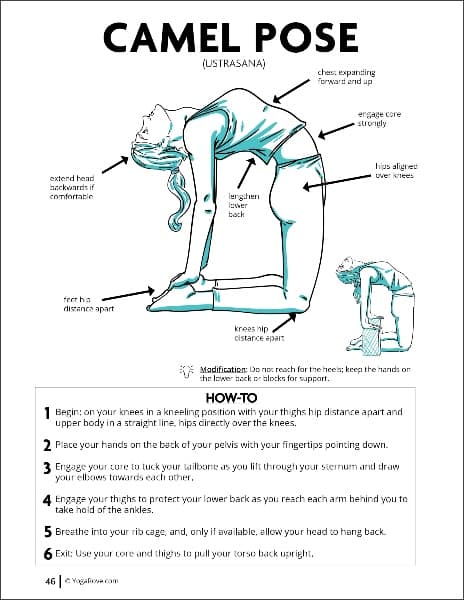
- Using yoga blocks under your hands by your feet for length
- Placing your hands on your lower back
- Practicing up against a wall
- Rolling your mat or a blanket up under your knees
- Looking forward instead of up
- Practicing while standing instead of on your knees
All of these options are great and can make a substantial difference in how this pose feels in your body, and how effective it is towards reaching your goals.
To get a more in depth understanding of these poses and how to modify them check out our Yoga Pose Guide Bundle here.
Flexibility Tips for The Inflexible
Improving your flexibility when you feel you’re “inflexible” can seem like a mountain of a goal, but you CAN do it. Below are some important tips to keep in mind throughout your journey.
Learn your limit: It is so important when first starting out to learn the difference between discomfort and pain. You do not ever want to stretch to the point of pain! Make sure to bring awareness to your body and move slow.
Don’t neglect your breath: You breath is a powerful tool in helping you improve your flexibility. A simple factor such as how you breathe can signal your brain it’s okay for your body to relax, thus allowing you to release tension.
Use props: Props are so, so helpful when you are actively working on improving your flexibility, and are not just for beginners! Check out our full articles here on the different ways you can use yoga blocks and use a yoga strap to lengthen, strengthen, and improve alignment in poses to get closer to your goals.
Don’t forget about strength: Even though your goal is flexibility, you need to actively be working on improving your strength as well in order to protect yourself from injury. There is such a thing as being too flexible! If you are only focusing on flexibility but don’t have the strength to stabilize yourself in poses, you could put yourself at risk.
Keep a positive mindset: Improving your flexibility can be frustrating, it requires a lot of mental strength to accept where you are and release judgement. Focus on acceptance on and off the mat and you’ll notice it will actually help you progress further.
Be patient: Flexibility takes time. Be patient with the process and have realistic expectations- don’t expect to get into the splits next week- you will only set yourself up for frustration. Be kind to yourself and have fun on this journey!
Don’t compare yourself: There will always be someone that is more flexible than you or stronger than you. Avoid comparing yourself to others and just focus on you and your journey. And that brings us to our next tip…
Celebrate your wins: Take notice of accomplishments on your mat, and in everyday life! Did you notice you were able to get a little deeper in your Standing Forward Fold, or have you even just noticed that you just feel better? That is all because of your consistency and time dedicated to practicing! Notice and appreciate that 🙂
I hope this helped and encouraged you to get started on your flexibility journey! Check out any of our other resources to help you along to reaching your flexibility goals:


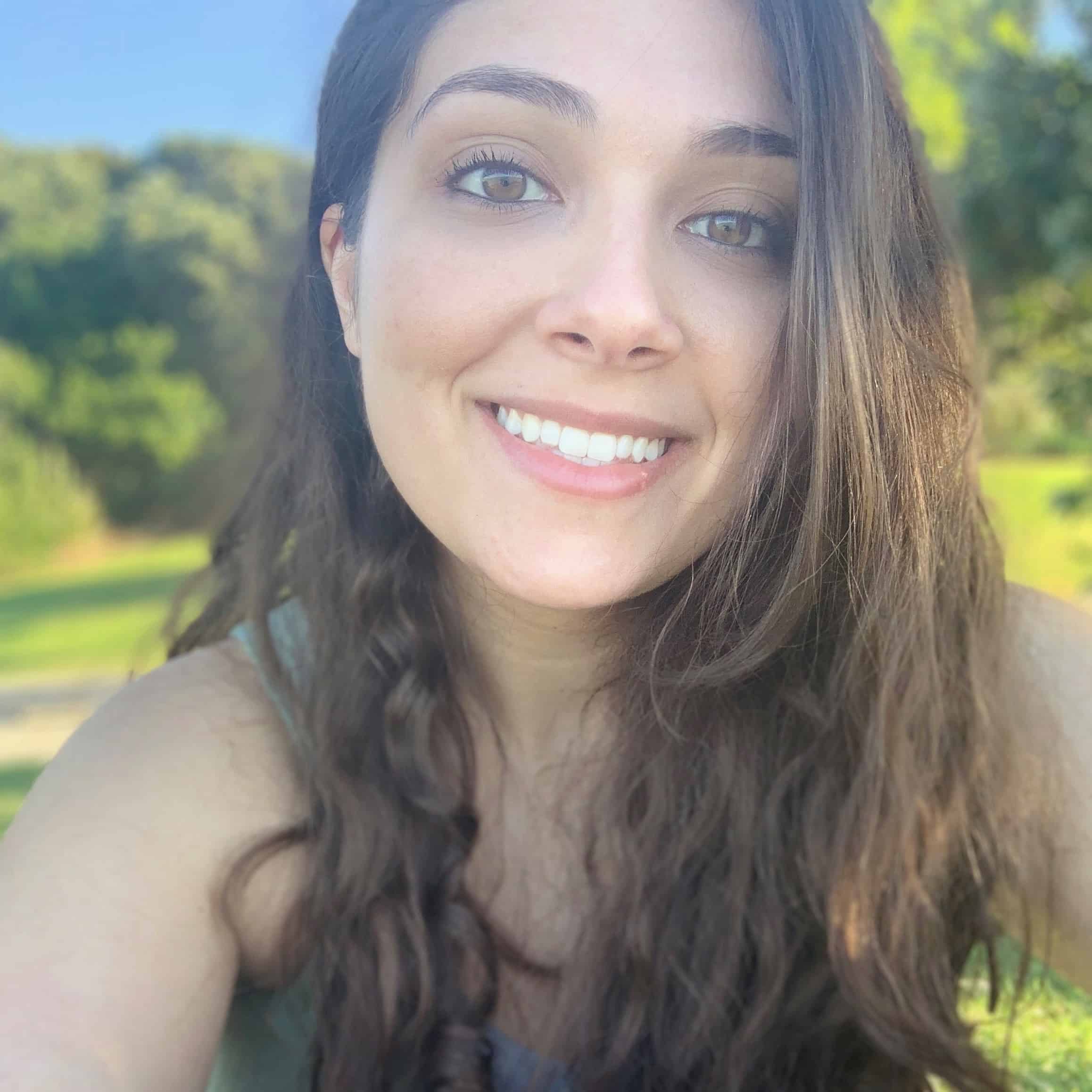
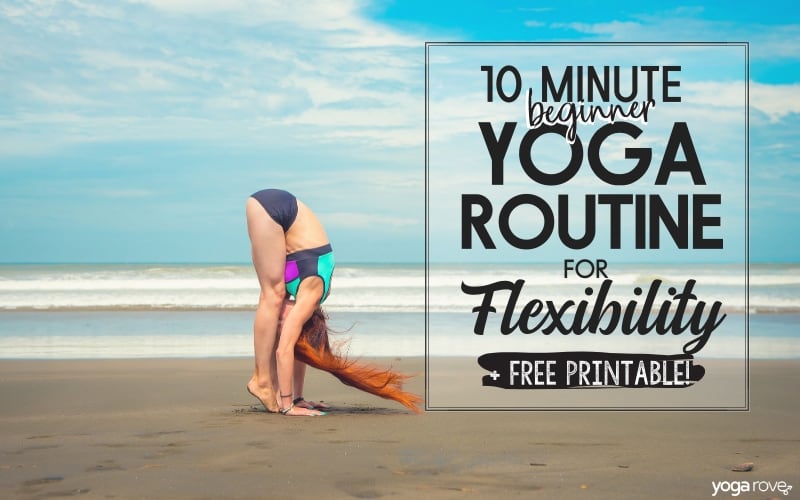
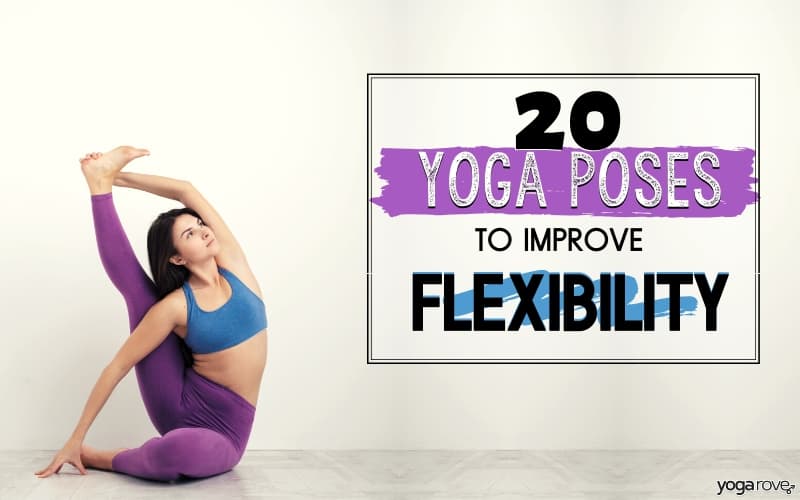
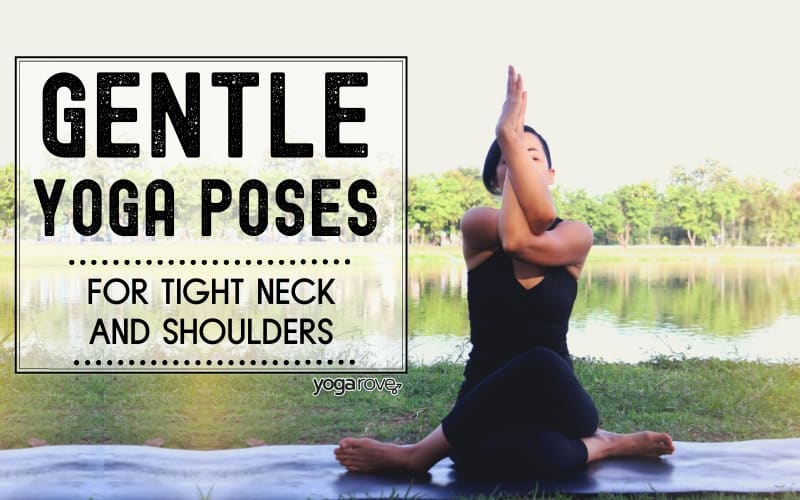
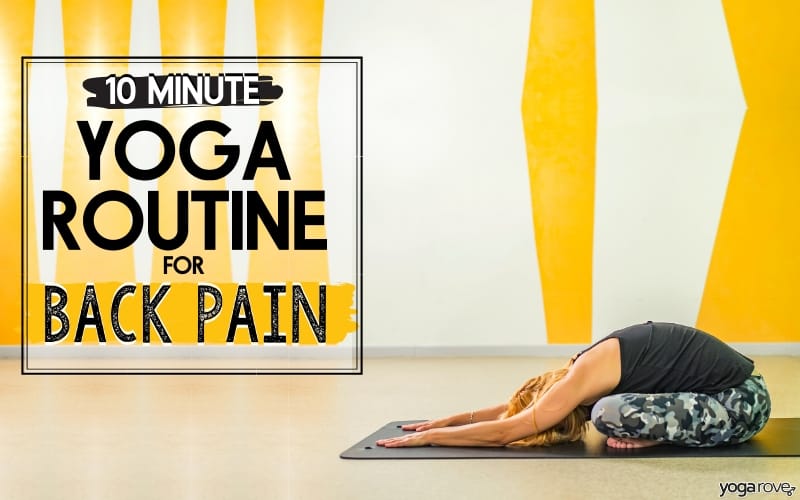
wow you are all the best
Glad you found it helpful Jasmin 🙂
Ally, I’m a E-RYT-200, and have been teach yoga, Pilates and all sorts of exercises to all ages. This is one of the best articles I’ve ever seen. Thank you.
Thank you for the kind words Pam! Happy to be able to help!
Thanks for all the good tips, I am not flexible but working on it . I have been following you too for 3 months and doing yoga for 6 months every day for about 30 to 45 min. I have exercises from my therapist for back problems and its really help.
Can’t wait for the next surprise!!
Namaste !!
That is wonderful Lynda! So glad you are finding our content helpful 🙂
Great article, Ally and Victor, I also really enjoyed your 7 day yoga challenge,
Thank You so much.
Happy to hear that Bruce! 🙂
I’m in my late 40s now, but I had an injury to my sacrum in my 20s and have extensive osteoarthritis genetically. I’ve never been flexible, but it became so much worse after my injury. Most of the last 20 years, walking would stiffen my hips so badly I would quickly lose the ability to spread my legs enough to walk. It feels like I lose a little more mobility every day.
All of that is to preface that this article is the first discussion of possible yoga poses I’ve ever seen. Thank you so much 💛💛💛
Thank you so much for sharing Kimberly! I’m so glad you found it helpful!